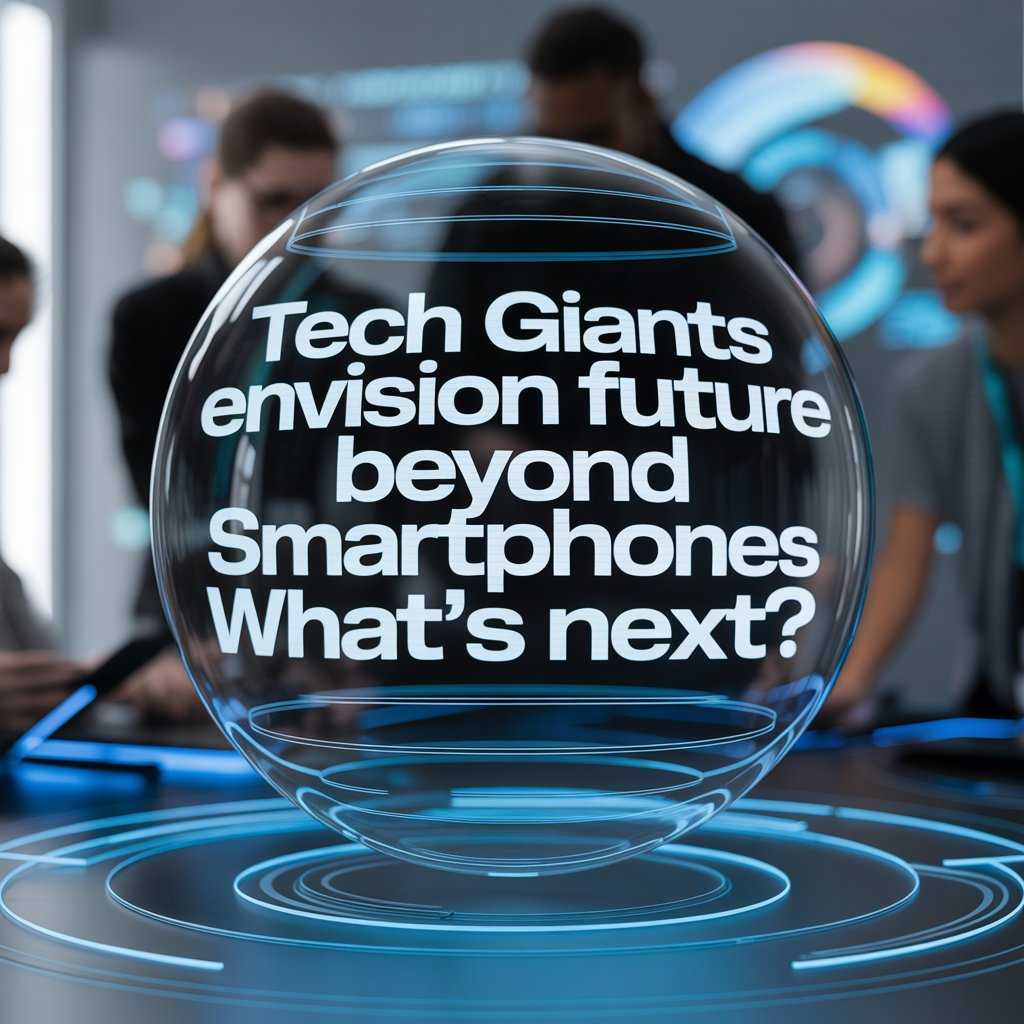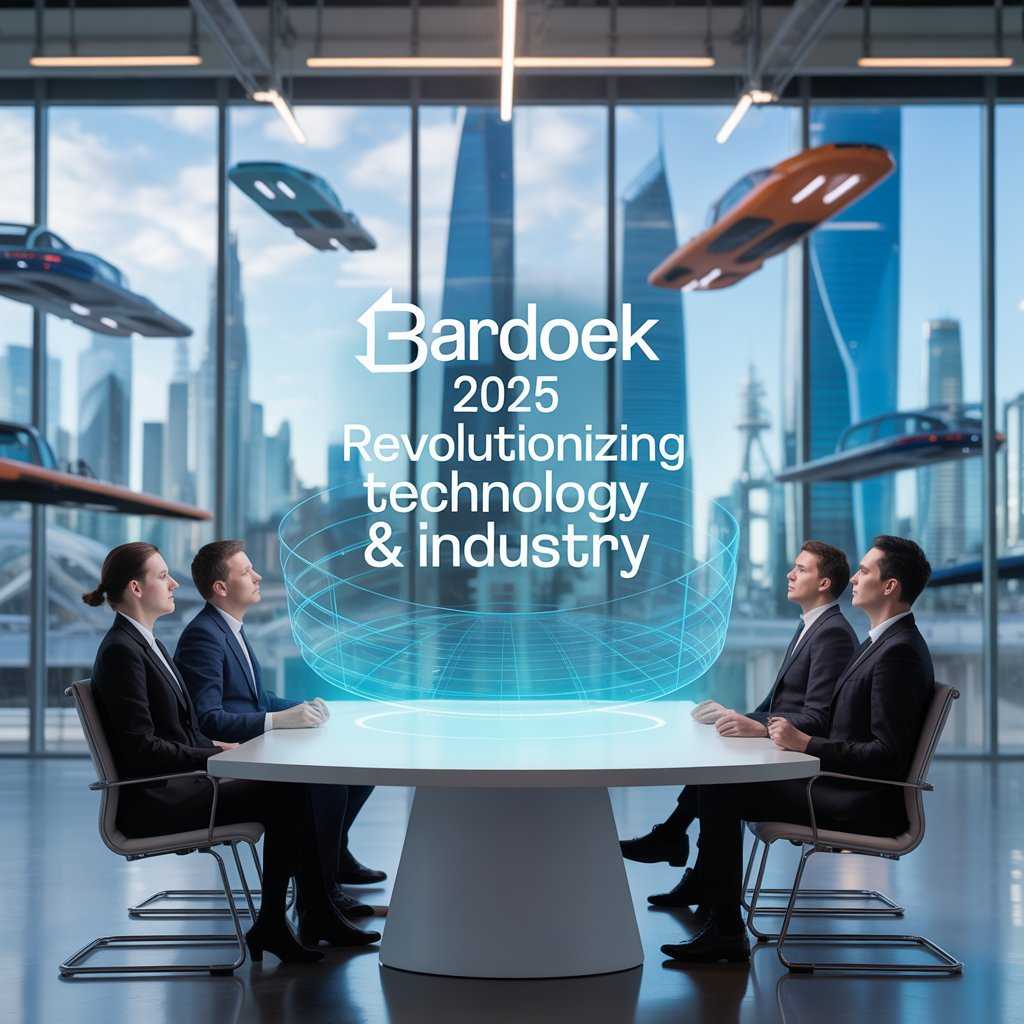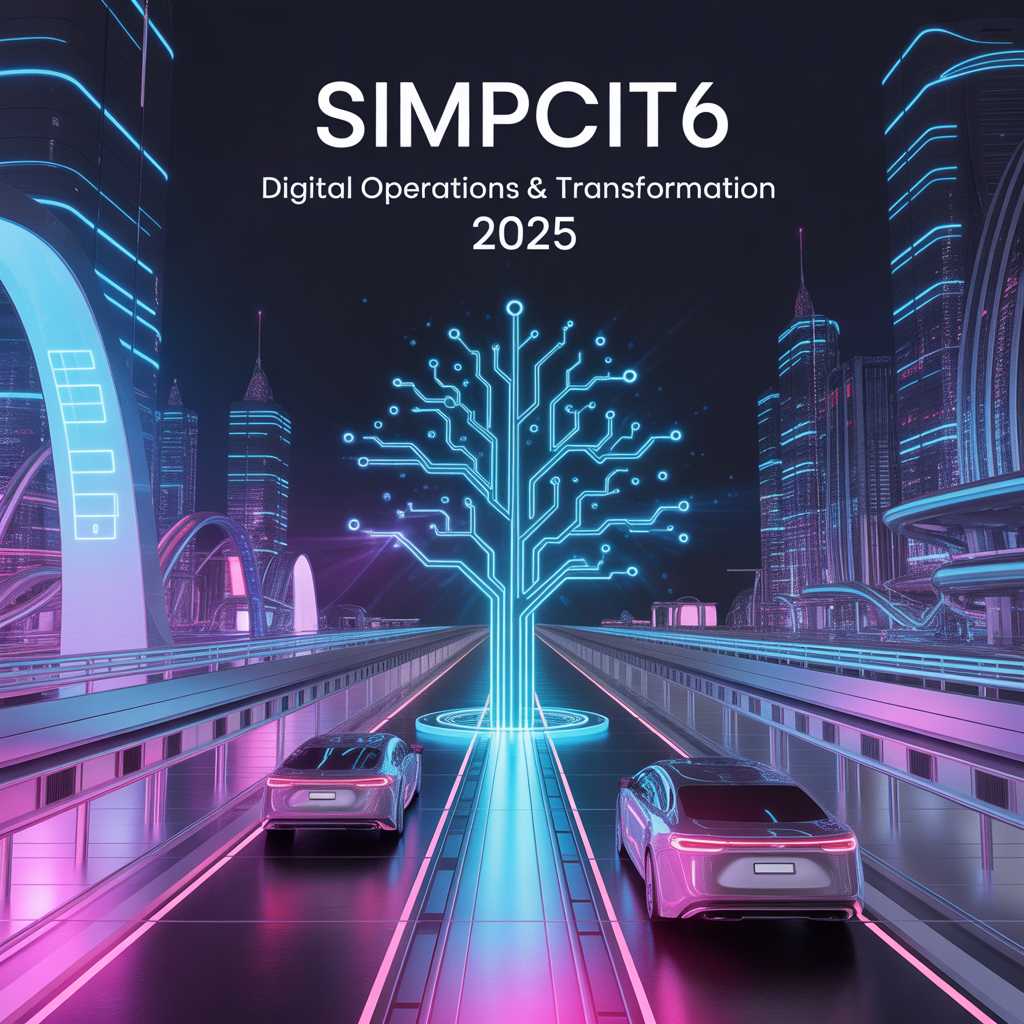Tech Giants Envision Future Beyond Smartphones What’s Next refers to the forward-looking vision of major technology companies such as Apple, Google, Meta, Microsoft, and Samsung as they explore innovations that may replace or go beyond smartphones. This concept highlights the shift toward emerging technologies like augmented reality (AR), virtual reality (VR), wearable devices, artificial intelligence (AI), smart ecosystems, and even brain-computer interfaces. It represents the idea that the future of digital interaction will move past traditional handheld devices to create more seamless, immersive, and intelligent ways of connecting people with technology.
For over a decade, smartphones have defined our digital lives. These pocket-sized computers transformed how we communicate, work, and entertain ourselves. Yet leading technology companies are now looking past the rectangular screens that have dominated our attention.
Apple, Google, Meta, Microsoft, and other industry titans are investing billions in technologies that could fundamentally reshape human-computer interaction. From augmented reality glasses to brain-computer interfaces, these innovations promise a future where our digital experiences extend far beyond handheld devices.
Why Smartphones Are Reaching Their Peak
The smartphone market tech insights shows clear signs of maturity. Annual upgrades now offer incremental improvements rather than revolutionary features. Camera enhancements, faster processors, and battery life improvements, while valuable, no longer generate the excitement of earlier breakthroughs.
Market data reveals declining global smartphone sales. Consumers hold onto devices longer, satisfied with current capabilities. This trend forces manufacturers to explore new revenue streams and product categories.
User behavior patterns also indicate readiness for change. Digital fatigue from constant screen time drives demand for more natural, ambient computing experiences. People want technology that integrates seamlessly into daily life without requiring constant visual attention.
Emerging Technologies Shaping Tech Giants Envision Future Beyond Smartphones ERA
Wearable Technology Revolution
Wearable devices have evolved from simple fitness trackers to sophisticated computing platforms. The Apple Watch now handles calls, messages, health monitoring, and app interactions independently. Samsung’s Galaxy Watch series offers similar functionality, gradually reducing smartphone dependence.
Smart glasses represent the next frontier. While Google Glass faced early adoption challenges, companies like Ray-Ban and Apple are developing consumer-friendly AR eyewear. These devices promise hands-free information access, navigation assistance, and seamless communication without pulling out a phone.
Augmented and Virtual Reality Integration
AR and VR technologies are transitioning from gaming novelties to practical tools. Apple’s Vision Pro demonstrates how mixed reality can transform work, entertainment, and social interaction. Users can manipulate virtual objects, attend meetings in digital spaces, and consume media with unprecedented immersion.
Meta’s Quest series continues pushing VR adoption through affordable headsets and compelling content. Microsoft’s HoloLens targets enterprise applications, enabling remote assistance, 3D modeling, and collaborative design work.
Tech Giants Envision Future Beyond Smartphones platforms blogs offer experiences impossible on smartphone screens—spatial computing that responds to natural gestures, eye tracking, and environmental awareness.
AI-Powered Voice and Ambient Computing
Voice assistants like Siri, Alexa, and Google Assistant are becoming more conversational and context-aware. Advanced natural language processing enables complex interactions without typing or touching screens.
Ambient computing takes this further by embedding intelligence throughout environments. Smart homes respond to voice commands, gesture recognition, and learned behavioral patterns. Lights adjust automatically, music follows users between rooms, and climate controls anticipate preferences.
This approach eliminates the need to constantly interact with a central device, distributing computing power across interconnected systems.
Internet of Things Ecosystem Expansion
IoT devices are creating comprehensive smart ecosystems. Connected cars communicate with traffic systems and home automation platforms. Kitchen appliances coordinate meal preparation. Fitness equipment syncs with health monitoring systems.
Brain-Computer Interface Breakthroughs
While still experimental, brain-computer interfaces represent the ultimate post-smartphone technology. Neuralink and similar companies are developing systems that translate neural activity into digital commands.
Early applications focus on medical treatments, helping paralyzed patients control computers and prosthetic devices. Future implementations could enable direct thought-to-device communication, bypassing traditional input methods entirely.
Leading the Transformation Tech Giants Envision Future Beyond Smartphones
Apple’s Ecosystem Evolution
Apple continues expanding beyond the iPhone through integrated wearables and AR development. The company’s “spatial computing” vision positions mixed reality as the next major platform shift. Apple Watch independence grows with each generation, handling more functions without iPhone connectivity.
Google’s AI-First Approach
Google emphasizes ambient computing and artificial intelligence integration. The company envisions a future where intelligent systems anticipate user needs across multiple touchpoints—home assistants, car interfaces, and wearable devices working together seamlessly.
Meta’s Metaverse Investment
Meta has invested heavily in virtual and augmented reality, rebranding the entire company around metaverse concepts. Their Vision Pro competitor and Quest ecosystem aim to make VR mainstream for work, social interaction, and entertainment.
Microsoft’s Enterprise Focus
Microsoft targets business applications through HoloLens and productivity-focused AR solutions. The company sees mixed reality transforming remote work, training programs, and collaborative design processes.
Infrastructure Enabling the Transition
The post-smartphone future requires robust connectivity infrastructure. 5G networks provide the low-latency, high-bandwidth connections necessary for seamless AR/VR experiences and real-time IoT communication.
Edge computing brings processing power closer to users, reducing latency for time-sensitive applications like AR navigation and autonomous vehicle communication.
Challenges of Tech Giants Envision Future Beyond Smartphones
Cost remains a significant barrier. High-quality AR glasses and VR headsets cost significantly more than smartphones. Widespread adoption requires price points accessible to average consumers.
User resistance presents another challenge. Smartphones represent familiar, trusted technology. New interfaces require learning curves and behavior changes that some users resist.
Privacy and security concerns intensify with wearable devices and ambient computing. Always-listening microphones, cameras capturing surroundings, and biometric data collection raise legitimate concerns about surveillance and data misuse.
Battery technology limitations affect wearable adoption. Lightweight glasses and other wearables must balance functionality with all-day battery life challenge current technology struggles to solve elegantly.
Opportunities Across Industries
Healthcare applications show tremendous promise. Continuous health monitoring through wearables can detect medical issues before symptoms appear. AR-assisted surgery and remote patient care expand treatment accessibility.
Education benefits from immersive learning experiences. Virtual field trips, 3D molecular modeling, and collaborative learning spaces enhance understanding beyond traditional methods.
Entertainment industries are creating entirely new content categories. Virtual concerts, interactive storytelling, and social gaming experiences leverage spatial computing capabilities impossible on smartphone screens.
Business productivity gains include hands-free access to information, virtual collaboration spaces, and AI assistants handling routine tasks automatically.
Timeline and Adoption Predictions
Industry analysts predict gradual transition rather than immediate smartphone replacement. Wearables will likely become primary interaction devices for specific use cases fitness tracking, quick communications, and ambient information access.
AR glasses may achieve mainstream adoption by 2030, assuming significant improvements in battery life, display quality, and cost reduction. VR adoption will likely remain specialized for gaming, training, and remote work applications.
Living in a Post-Smartphone World
Future daily routines might begin with AR glasses displaying calendar information, weather updates, and personalized news without reaching for a phone. Voice assistants could handle morning briefings while smart home systems adjust lighting, temperature, and music preferences automatically.
Work environments may feature holographic displays, gesture-controlled interfaces, and AI assistants managing scheduling and document creation. Communication could shift from text-based messaging to spatial audio conversations and shared virtual experiences.
Transportation systems might integrate seamlessly with personal devices—cars recognizing passengers, adjusting settings automatically, and coordinating with smart home systems to optimize travel routes and departure times.
FAQ of Tech Giants Envision Future Beyond Smartphones
Will smartphones completely disappear?
Smartphones will likely evolve rather than vanish entirely. They may become powerful computing hubs supporting wearable devices and IoT ecosystems, similar to how desktop computers adapted to mobile computing trends.
What technology is most likely to replace smartphones?
Wearable devices, particularly smart glasses and watches, combined with AI-powered voice interfaces, show the strongest potential for reducing smartphone dependence in daily interactions.
How will privacy concerns be addressed in a post-smartphone world?
Technology companies are developing privacy-by-design approaches, including on-device processing, encrypted data transmission, and user-controlled data sharing permissions. Regulatory frameworks will likely evolve to address ambient computing privacy challenges.
When will these technologies become affordable for average consumers?
Mass market adoption typically occurs when new technologies reach price points comparable to current smartphones. Most analysts predict this transition will happen gradually over the next 5-10 years.
How will developing countries adapt to post-smartphone technologies?
Developing markets may leapfrog directly to newer technologies, similar to how mobile phones bypassed landline infrastructure. Affordable wearables and cloud-based computing could provide advanced capabilities without requiring expensive devices.
Preparing for Tech Giants Envision Future Beyond Smartphones
Tech Giants Envision Future Beyond Smartphones represents humanity’s next step toward more natural, intuitive technology interaction. Success will depend on balancing innovation with accessibility, privacy protection, and practical usability.
Companies investing in this transition must prioritize user experience over technological novelty. The most successful post-smartphone technologies will feel invisible enhancing daily life without adding complexity or distraction.
As these technologies blogging ideas mature, early adopters and businesses should prepare for gradual integration rather than sudden replacement. Understanding emerging capabilities now provides competitive advantages as mainstream adoption accelerates.
The smartphone era transformed human communication and commerce. The post-smartphone future promises even more profound changes technology that truly understands and anticipates human needs while respecting privacy and personal autonomy.




